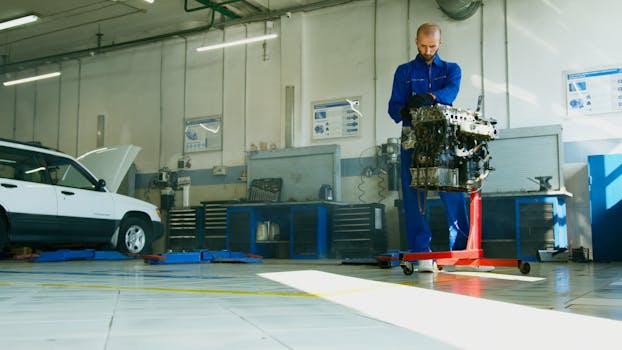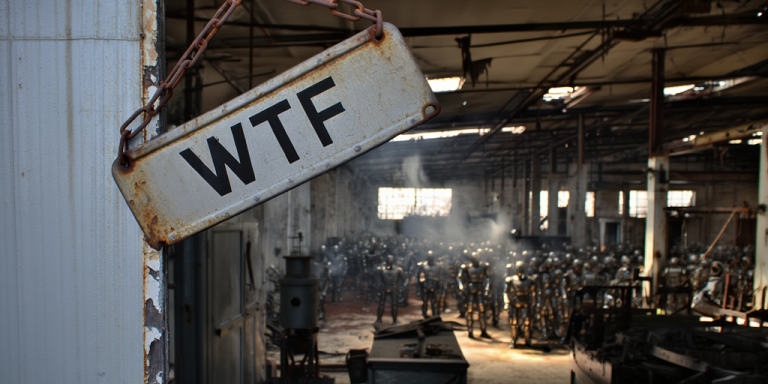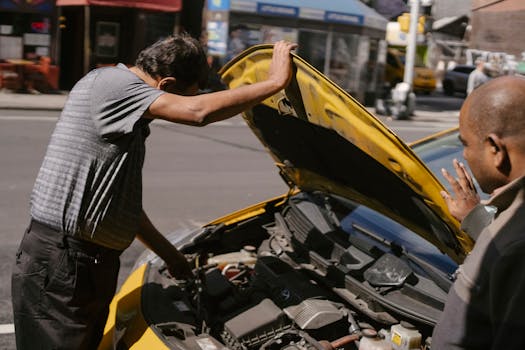
Common Mechanical Failures and How to Troubleshoot Them
Takeaways: Mechanical failures can disrupt operations and lead to costly downtime. Being able to identify and troubleshoot common issues can save time and money. This article outlines prevalent mechanical failures and provides practical troubleshooting tips to address them.
Mechanical systems are essential in various industries, from manufacturing to automotive. Understanding common mechanical failures and how to troubleshoot them can enhance the longevity and efficiency of equipment. In this article, we will discuss typical mechanical failures and provide actionable troubleshooting steps.
1. Overheating Components
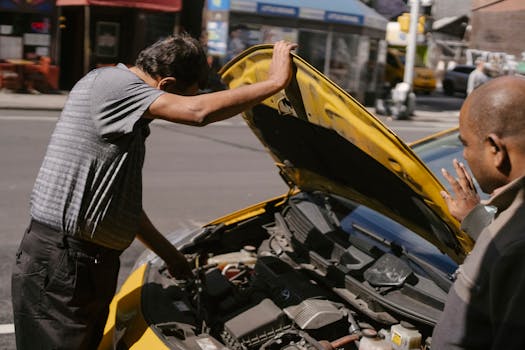
Causes:
- Lack of lubrication
- Blocked cooling systems
- Excessive load or stress on components
- Faulty sensors or gauges
Troubleshooting Steps:
- Check Lubrication: Ensure all moving parts are well-lubricated. Inspect oil levels and replace any old or contaminated oil.
- Inspect Cooling Systems: Look for blockages in radiators or cooling fans. Clean any debris and ensure fans are functioning correctly.
- Evaluate Load Conditions: Determine if the machinery is operating under excessive loads. If so, reduce the load or consider upgrading the component.
- Test Sensors: Use diagnostic tools to check if temperature sensors and gauges are providing accurate readings. Replace faulty sensors as necessary.
2. Worn Bearings
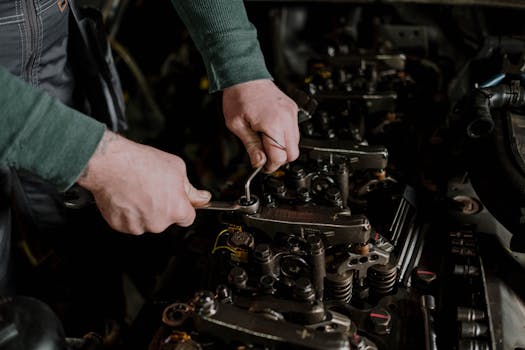
Causes:
- Insufficient lubrication
- Contamination from dirt or debris
- Misalignment of components
- Overloading the machinery
Troubleshooting Steps:
- Inspect Lubrication: Ensure that bearings are adequately lubricated and replace any old grease or oil.
- Check for Contamination: Disassemble the bearing housing and inspect for dirt or debris. Clean thoroughly and replace any damaged seals.
- Align Components: Use alignment tools to ensure that shafts and bearings are aligned correctly. Misalignment can lead to premature bearing wear.
- Monitor Load Conditions: Ensure that the machinery is not being overloaded. If necessary, adjust operational parameters or replace the bearing with a higher load-rated version.
3. Fluid Leaks
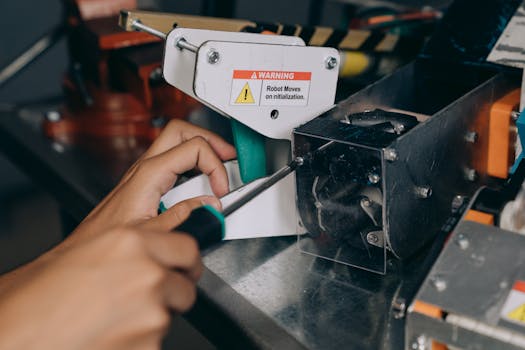
Causes:
- Worn seals and gaskets
- Corroded pipes or fittings
- Improper installation of components
- Excessive pressure in the system
Troubleshooting Steps:
- Inspect Seals and Gaskets: Check for wear or damage in seals and gaskets. Replace any parts that are compromised.
- Examine Pipes and Fittings: Look for signs of corrosion or damage on pipes and fittings. Repair or replace as needed.
- Review Installation Procedures: Ensure that all components are installed correctly. Consult manuals or professional help if necessary.
- Monitor System Pressure: Check for excessive pressure in the system and adjust regulators to avoid further leaks.
Conclusion
